10 clay-loving native trees
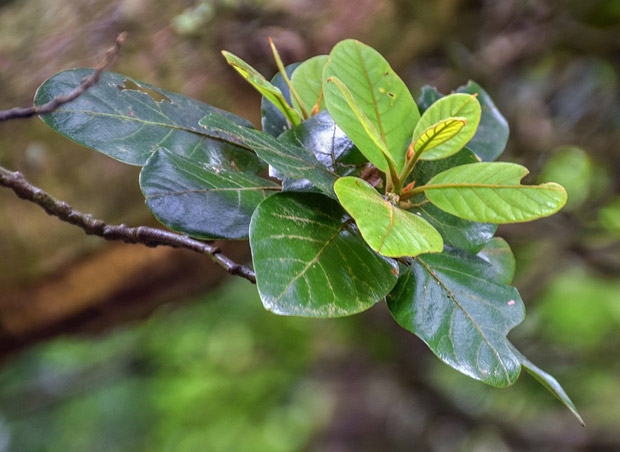
Beilschmiedia tarairi in Wellington Botanical Garden. Krzysztof Golik, CC BY-SA 4.0, via Wikimedia Commons.
There’s nothing more disappointing than having an ugly gap where little will grow because of clay soil.
Words: Nadene Hall
Clay soil is usually found on prominent banks, where soil has been piled up or cut away for earthworks around a building site, trench or driveway. If it’s too much of a Herculean effort to build up the soil or put top soil over the top of it, here are 10 native plants that don’t mind growing in clay.
1. Akepiro (Olearia furfuracea)
Small tree (7m) with daisy-like flowers (mid-spring to mid-summer) and thick, leathery leaves, tolerant to clay banks, coastal areas and windy sites.
2. Horokaka (Disphyma australe)
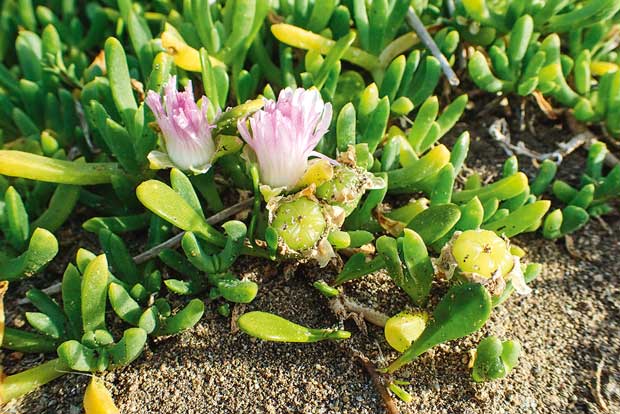
Krzysztof Ziarnek, Kenraiz, CC BY-SA 4.0, via Wikimedia Commons.
Ground cover (10cm) also known as the NZ ice plant, white-pink-mauve flowers (in summer), does well at the base of clay banks, spreads easily from cutting.
3. Mānuka (Leptospermum scoparium)
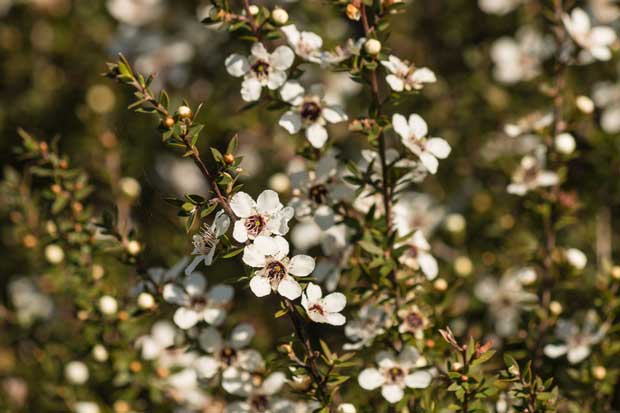
Small tree (8m) also known as tea-tree, vigorous grower and nursery tree, stabilizes banks, lovely flowers that make excellent bee fodder (and honey!) present from spring to early winter, very flakey bark that is an important home for insects.
4. Kawakawa (Marcopiper excelsum)
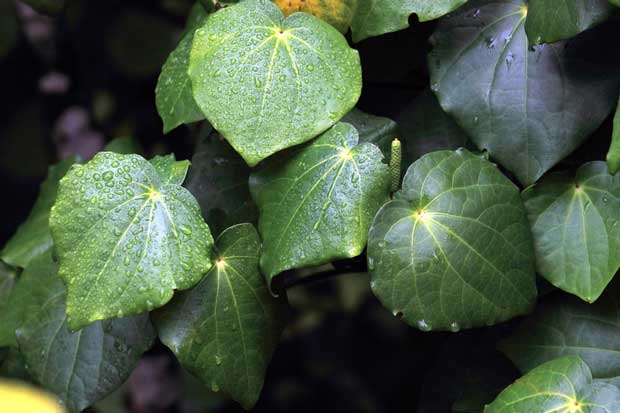
Small tree (7m) with large, glossy heart-shaped leaves, grows edible orange fruits and male trees grow tall, colourful flower spikes that look like cobs, excellent bird fodder.
5. Mapou (Myrsine australis)
Small, slender tree (6m) with red stems and pale green leaves, very quick to grow, incredibly hardy, drought-tolerant, black fruits are good bird fodder in summer, small white flowers, seeds regrow easily.
6. Rangiora (Brachyglottis repanda)
Shrub or small tree (7m), large leathery leaves, referred to as “bushman’s toilet paper”, beautiful, prolific creamy, fragrant flowers in spring, however leaves are poisonous if chewed so keep this one well away from fencelines.
7. Rengarenga (Arhropodium cirratum)
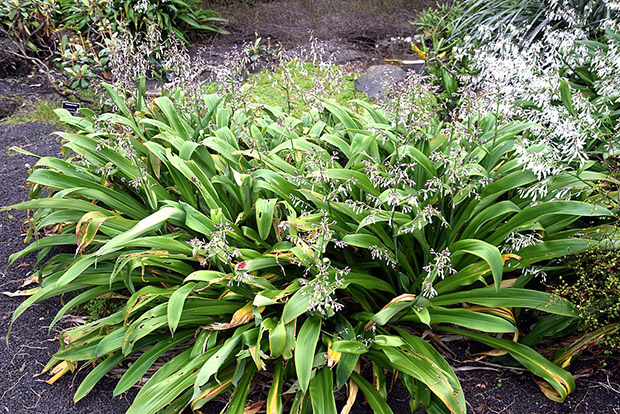
Krzysztof Golik, CC BY-SA 4.0, via Wikimedia Commons.
Also known as the rock lilly, shiny green foliage, tolerates light, shade, dry clay banks but not frost, show of white flowers in spring.
8. Rewarewa (Knightia excelsa)
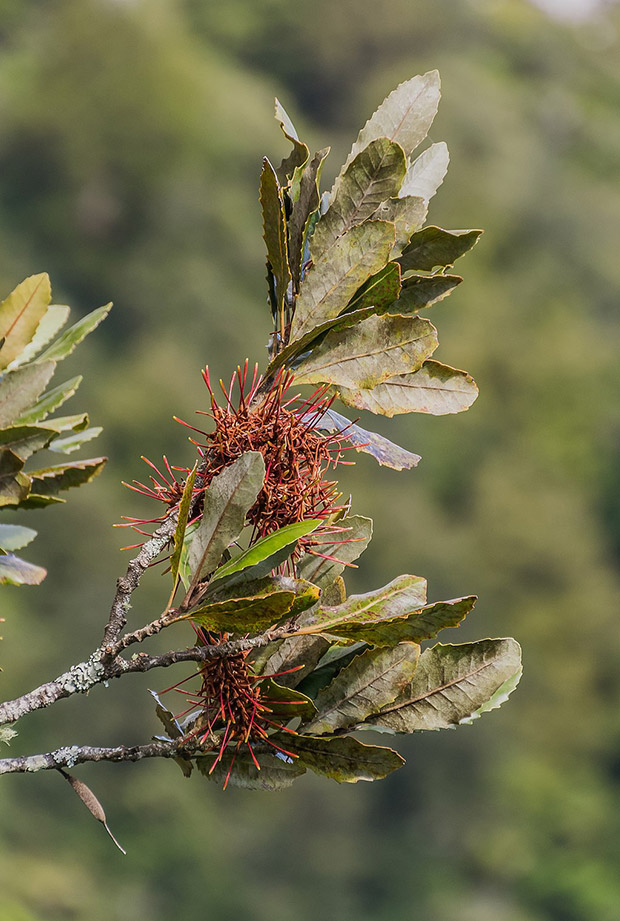
Krzysztof Golik, CC BY-SA 4.0, via Wikimedia Commons.
Tree (30m), slender and tapering shape with gorgeous rusty-red flowers in spring and summer. Serrated, tough leaves (like macadamia, a related tree) but beautiful specimen.
9. Taraire (Beilschmiedia tarairi)
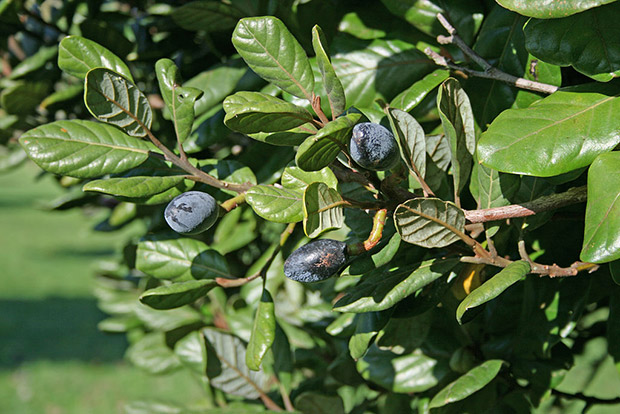
Kahuroa, Public domain, via Wikimedia Commons.
Tree (20m), frost tender but clay-tolerant, beautiful large glossy leaves that turn purple underneath when the tree is larger, big purple drupes a huge favourite with native pigeons.
10. Tauhinu (Ozothamnus leptophyllus)
Also known ascottonwood, shrub (5m) with grey-green foliage, very hardy, likes dry banks and clay, wind-tolerant, bears clusters of flowers in early summer and late summer-autumn.
5 TIPS FOR PLANTING IN CLAY
Resist the urge to dig a deep hole and fill it with top soil – that’s just digging a grave for a tree or plant. When it rains, that hole will fill up with water and drown your poor plant.
1. Work clay at the right time – it should be crumbly, not sticky and not dry.
2. Dig a hole at least 50cm wide than the root ball diameter and about half the depth of the rootball; this ensures the plant sits up high out of the ground.
3. Seen in profile, the ideal “hole” is saucer shaped; tamp the bottom firmly but rough up the sides, not smooth and shiny.
4. Add the original soil back into the hole (to the level of the ground and add a slow-release fertiliser if you wish. Firm the soil in place
5. To cover the rootball, use top soil or compost and cover thickly with mulch right out to the edge of the hole.
Love this story? Subscribe now!
 This article first appeared in NZ Lifestyle Block Magazine.
This article first appeared in NZ Lifestyle Block Magazine.
